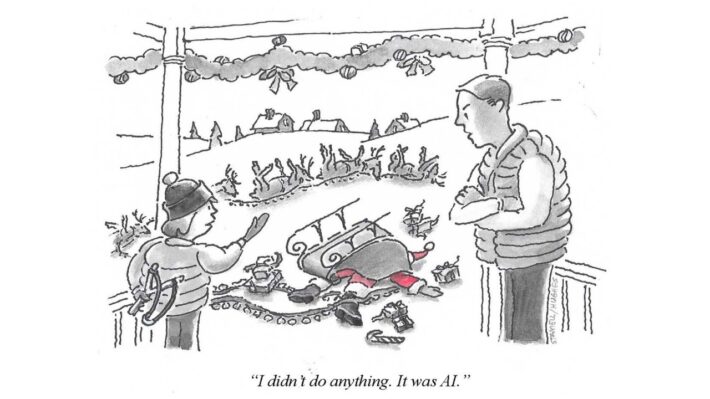Customer Knowledge Is Not Valuable Unless It’s Actionable

Last week, Knowledge at Wharton (their business school’s newsletter) sent out a promotion for a book titled “The Customer Base Audit” by three esteemed college professors. The authors believe an audit is “the first step on the journey to customer centricity”. I can’t argue with that or many of the other points they make about how an audit can reveal much about customer behavior. However, I’ve had too many years of clients conducting research that answer many of an audit’s questions only to see them presented in a glossy report and then filed in a drawer or computer folder, rarely to be viewed again.

What if you could initiate a customer audit by asking a set of questions and auto append every response to each customer’s database file? What would that do? First, like any audit, you’d need to be able to see the aggregate to identify overall trends and responses to your marketing strategy. Second, you’d need to be able to segment your customers by any and all responses that you get so you could contact them about their specific responses. In other words, at a tactical level, you’d want the ability to always send the right message to the right person.
“The Customer Base Audit” makes a distinction between an audit and “knowing the customer through the lens of traditional market research.” The authors go on to say, “We are not interested in the demographic profile of our customers. We are not interested in their attitudes. We are interested in understanding their actual buying behavior.” My question is “Why not both?” Past customer behavior and all the metrics it provides is not enough. I am reminded of that little sentence that always appears at the bottom of emails from investment advisors: “Past performance is not a guarantee of future results.”

Yes, gaining a complete understanding of the past behavior of a firm’s customers will provide insights on how customers have differed and, possibly, how they have evolved. What it doesn’t tell you is anything about their interests, needs or perceptions and when that information is combined with past purchase behavior, you have a powerful tool to act both strategically and tactically. That’s why we created Oomiji.
If customer centricity is the goal, then an understanding of both what customers have done in the past combined with what they want now and into the future can force change within a company. For example, say your analysis of purchases indicates a low percentage of second purchases following a first-ever purchase. That information, by itself, is easily interpreted by internal bias and a company can choose a new direction that is completely counter to what is needed. If, on the other hand, you’ve acquired customer perceptions about why they didn’t buy again, you’ve got irrefutable data on why your direction isn’t right and what to do about it.

Years ago, we did some research for a candidate’s presidential campaign. The campaign analyzed its contributors and found a very low percentage of second donations. They didn’t understand why but they decided to send more emails asking for more money. We were asked to see if we could provide better insights and a solution. So, we sent a very short survey to donors and the key question was, “You gave before but never gave again. Why?” The overwhelming majority of respondents came back and said, “Because you keep sending emails asking for money and never ask for my opinion.”

The solution for the candidate was to ask for their opinion but not ask for money, then analyze their opinions, segment them by their views, and then ask for money but tailored to each person’s opinion. In other words, it’s one-to-one marketing at scale. Their response was, “That’s an awful lot of work.” It was and that campaign never made it past the starting gate because they ran out of money, but with today’s technology, it is doable and it’s not hard. Our platform is proof of that.
Multiple platforms exist that can tie customer purchases to individuals and show the aggregate. A few can append interests, needs and perceptions to customer files and fewer, like ours, can do both but they are out there and their numbers are increasing. The authors of The Customer Base Audit give a lot of good advice but if the effect you want is to bring about customer centricity, you’ll need to make all your customer insights actionable.
Oomiji enables you to segment and communicate with your customers based on both their past purchases and current interests, needs and perceptions. Let’s set up a demo!




